Labo Brick Train Game For Kids
Build and control your own train in this interactive educational game.
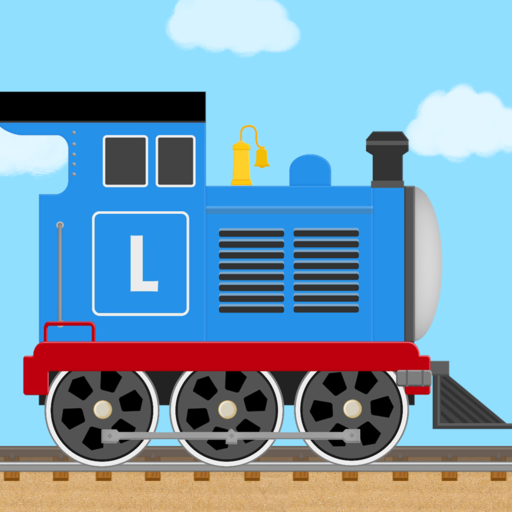
- 1.7.845 Version
- 4.3 Score
- 15M+ Downloads
- In-game purchases License
- 3+ Content Rating
Introducing Labo Brick Train Game For Kids
Labo Brick Train is an amazing game that can ignite children's creativity and imagination. It serves as an excellent platform for kids to build and play with brick trains in a virtual sandbox environment.
With Labo Brick Train, children are provided with colorful bricks to construct unique trains akin to solving a puzzle. They have access to a wide array of over 60 classical locomotive templates, ranging from vintage steam trains to modern high-speed trains and powerful diesel locomotives. Additionally, children can unleash their creativity by designing their own train models using different brick styles and train components. Once built, the trains can be taken on thrilling adventures on the railway tracks.
Labo Brick Train offers children an entertaining and educational experience. The app provides endless opportunities for creative expression and exploration, while promoting critical thinking and problems-solving skills through gameplay.
“There are no rules here -- we're trying to accomplish something.” - Thomas A. Edison
- Features
1.Two design modes:Template Mode and Free Mode。
2.Over 60 classical locomotive templates available in Template Mode
3.Various brick styles and locomotive parts in 10 different colors
4.Classic train wheels and a wide selection of stickers
5.More than 7 exciting railways featuring built-in mini-games
6.Share your custom trains with other players and browse or download trains made by others online.
- About Labo Lado:
Specializing in developing apps for children that encourage creativity and curiosity, we ensure not to gather personal information or include third-party advertising in our apps.
- We appreciate your feedback
Your feedback is valuable to us, so please feel free to rate, review, or share your thoughts via email at app@labolado.com.
- Need Help
If you have any questions or suggestions, do not hesitate to contact us via email at app@labolado.com.
- Summary
Labo Brick Train caters to children who enjoy transportation, car, train, and railway games. It acts as a digital train toy, simulator, and game for kids, making it an ideal choice for preschool-aged children as well. Within the app, kids can take on the role of a train builder and driver, constructing trains freely or constructing classic locomotives from templates such as George Stephenson's Rocket, Shinkansen High-Speed Train, Big Boy, Bullet, Concept Train, Monster Train, Metro, etc. The app allows racing trains on an assortment of railways, making it a must-have for train enthusiasts and fans of locomotives, suitable for both boys and girls aged 5 and above.
Building Style: With Trains, Sometimes Less is More
by Michael Gale
In this article, I’m going to take a break from the technical topics of motors and train power systems and talk about some thoughts I’ve had about trains and building style!
Over the past few years, I’ve been thinking about the “conflict” between the two key attributes of LEGO train rolling stock:
1. Appearance - Aspects such as prototype fidelity, details, and scale define how the model looks
2. Practicality - Aspects such as robustness, reliability, parts consumption, and buildability define how easy a wagon is to build, how well it runs and whether is it just a nudge away from falling to bits!
Why have I been thinking about this topic? The key reason is that I often publicly exhibit LEGO train layouts with the expectation (both mine and the viewing public!) that the trains keep moving. Keeping LEGO trains on the move makes demands on things like battery endurance, available rolling stock and little time for unexpected repairs and maintenance. You can watch my trains in action in this video to get a sense of what I mean:
Many of my LEGO train models are quite detailed, 7+ studs wide, heavy and admittedly delicate. These trains look great, but sadly their weight reduces the available running time and inevitably I find myself fishing bits and pieces off of the track which have fallen off passing trains. As a result, I would keep my showcase models parked in sidings as “static exhibits”. Additionally, I would keep at least one or two LEGO City train set trains in operation on the layout. This serves a few useful purposes:
1. It maintains constant train movement.
2. They are a useful talking point for families inquiring about the LEGO train hobby. I can show them what is currently available from LEGO as a great way to get started.
3. LEGO City Trains are lightweight and run a long time.
4. Their simple design is robust and forgiving. Even when they break, they are easy to repair and put back into service.
This got me thinking: should I explore building LEGO trains in between these two extremes? That is, could I build trains that combined both the attributes of style and detail with simplicity and robustness? The short answer is yes; but I am still exploring this topic and I must admit, I have enjoyed the experiment!
Objectives
The key goal of this experiment is to build an inventory of rolling stock with the following attributes:
1. Ready to work a hard day of continuous running without falling apart
2. Relatively light weight
3. Reasonable number of parts (so I can build cost-effectively in volume)
4. Aim for a nominal 6-stud wide scale/profile
5. Look “good” —a step up from a train set but not a super detailed and fragile
6. Ideally, based on actual prototypes with some expected scale compromise
7. Hopefully able to use some “standard” LEGO City Train elements such as chassis plates, bogie plates, wheels, couplers, etc.
Locomotives
Shown below is one of my detailed locomotives. I love it, and to be fair, it is a good performer. However, I don’t want to worry about some accidental derailment or worse, an intentional action which results in damage or disaster with agonizing repairs.
Bbitish rail Class 73 Electro-diesel locomotive in Pullman Livery
The next photo shows what is likely my highest mileage locomotive in my fleet! It is the ordinary, but lovable yellow locomotive from LEGO City train set 7939.
My “work horse” locomotive which runs all day long during public events. Upgraded with LEGO PF rechargeable battery box, PFx Brick with Sound, and working headlights.
The goal is to build a locomotive between these two extremes. A locomotive which embraces the virtues of style/appearance/fidelity with the aim of reliable, robust operation. It turns out, the perfect compromise was unexpectedly offered by LEGO, albeit for a short time, as the Creator Expert 10219 Maersk Container Train.
Pierre Normandin, the talented LEGO designer behind this set, perfectly distilled the essence of the ubiquitous and instantly recognizable GP38 freight locomotive. The proportions and key distinctive features of the prototype were wonderfully captured by Pierre, all within a 6-stud wide profile and with the use of standard train chassis plates.
Let’s have a quick sidebar discussion on chassis plates. As with many LEGO train hobbyists, I lament this growing collection of familiar, yet unloved elements. One of my objectives in building alternative rolling stock was to use (as much as possible) these standard train elements. They are relatively plentiful and offer a robust and lightweight platform to build upon. You can build many forms of rolling stock with these chassis plates, but ultimately they do have limitations. The key is to recognize when they could be useful.
When looking at the Maersk GP38, it was obvious that this design was easily adaptable to other variants, liveries, etc.
I made many modifications to the original design, yet it retains its basic architecture and footprint. My modifications include:
1. 2x Power Functions train motors, a PF rechargeable battery box, PFx Brick with sound, and working headlights and ditchlights
2. Revised cab roof with bell
3. Smooth/tiled roof profile with details added according to actual CP Rail GP38’s
4. Revised side profile vents, ventilators, with access “hatches” for battery access and PFx Brick USB port
This locomotive really does achieve the aim I was looking for. It is a reliable and robust locomotive with and has accumulated many hours of all day running at several public events. In fact, you can see it in action in this video below:
Wagons and Rolling Stock
The benefits of building more modest rolling stock in a nominal 6-stud wide footprint really start to accumulate when you build more quantities to make longer consists. The weight saving on each vehicle is multiplied with each wagon in the consist. The other added benefit of this more modest building scale is the reduced frictional “drag” when running through curves. Smaller wagons will typically have a shorter wheelbase between each bogie pivot point, this results in a shorter “chord length” between its bogies. The chord length is a line joining two points on a circle. Decreasing the deviation of the chord line with respect to the circle, lowers the frictional forces between the wheels and the track.
Lets start by looking at examples of wagons which we want to avoid:
These wagons certainly look pretty and capture many details, but as “work-horse” rolling stock, they suffer from being heavy and are often frequent victims of damage to fragile details.
These wagons vary in terms of style and function. However, what they share in common is that they are rarely, if ever, based on actual prototype wagons. They are designed to be generic representations of various wagons with the constraints of cost and being easy to build. As such, they lack many details to suggest an actual associated prototype. To be fair, given the global customer base of City themed train sets, it is better to offer regionally-agnostic trains to broaden the appeal.
With this in mind, let’s see what we can achieve instead with a revised perspective on building style and substance. At the same time, let’s aim to capture as much prototype fidelity as we can by basing our models on actual prototypes. The goal is not to achieve strict scale fidelity, but enough fidelity to be convincing or easily recognizable.
Let’s start with two typical wagon types shown below: a covered hopper and an open gondola wagon. These wagons are actually LEGO “My Own Train” theme sets available in the early 2000s. On balance, these wagons were a step up from typical train sets. However, they can benefit from some improvements, especially with the amazing selection of new elements we enjoy in 2023.
Each wagon is loosely based on actual rolling stock and aims to capture enough features to be recognizable. They are built on standard 24-stud long train chassis plates and have the most minimal two-axle bogie representation for typical North American rolling stock. It is this particular detail—the wheels, bogies, running gear—which deviates the most from the prototype. Alas, it is a necessary compromise. Fortunately, these details are rendered in black and are not what our eyes are naturally drawn to.
The typical box car has a few key features I wanted to capture:
1. Corrugated sliding centre doors
2. Shallow angle gabled roofline
3. Ridge textured end walls
These wagons are grossly under-detailed, but they are meant to be as minimal as possible. Standard train chassis plates could not be used since they would be too long, giving an unsatisfactory length-to-height aspect ratio as well as a disproportionate wheelbase.
Let’s consider some other wagon types such as tank wagons. These are typically tricky models to make due to their curved tank shells. However, we are lucky that LEGO now offers a wide range of curve slope elements in a useful range of colours—including unusual colours such as bright light blue, resulting in an excuse to make this typical VTG chemical tanker in two versions!
These tanker wagons are admittedly more parts-intensive than I would have liked. However they are still 6-studs wide, are very robust (except the end walkways!) and look awesome as a consist.
Shipping Containers
Finally, let us turn our attention to one of the most common rail-based freight services, shipping containers. At first glance, building plain rectangular boxes seems like one of the most undesirable subjects for a model. However, the variety of colours and liveries, ubiquity, and opportunity to make in “mass production” was enough temptation for me!
The first step was choosing a useful footprint and form factor. I settled on a 20 x 6-stud long container—somewhat longer than I would have preferred—however, I chose this length to accommodate 3x of the 1x6x5 corrugated panel elements (23405) and to represent the standard ISO mounting bracket holes at all eight corners. This building journey resulted in an expensive exploration of every colour of 1x6x5 corrugated panel element plus commissioning many sheets of custom printed stickers (professionally made by the talented millionprints.com in Montreal, Canada) for the company logos and identification. Although, I must admit that the stickers are the “chef’s kiss” to elevate these simple boxes into recognizable models!
Since I was building many (perhaps too many!) shipping containers, this required an equally alarming number of wagons to transport them! Thus, I needed a wagon design which could be easily reproduced as well as being robust and modest.
The wagon is built using a 3-stud wide Technic lift-arm frame. This frame both serves the functional role of making a strong and durable core and is also a suitable visual representation of the box-section steel frame elements of the prototype wagon. The prototype in this case is the FGA/FJA air-braked con-flat wagons on British Railways. Details such as the angled centre frame members (using 1x3 slopes), container bolster plates and small details such as hand-brake wheels finish off the model.
I must admit, I did not expect to pursue this experiment for as long as I did. And, quite honestly, I don’t think I’m done yet! There are other types of rolling stock that I believe could benefit from a distillation into a more modest form factor. To be very clear, I don’t intend this change of style as a permanent replacement for building more ambitious, high-detail models. These two perspectives on building can happily co-exist. I intend to have both flavours of trains in my inventory: the mass-produced 6-wide “daily drivers” alongside the 7-wide museum showcase models!
Best of BrickNerd - Article originally published April 20, 2023.
- Version1.7.845
- UpdateSep 09, 2024
- DeveloperLabo Lado Co., Ltd.
- CategoryEducation
- Requires AndroidAndroid 5.0+
- Downloads15M+
- Package Namecom.laboladoapp.labo_brick_train_5y_free
- Signature8eed2d0538c39f9b79a1239aa23a3eff
- Available on
- ReportFlag as inappropriate
-
NameSizeDownload
-
142.27 MB
-
131.56 MB
-
131.56 MB


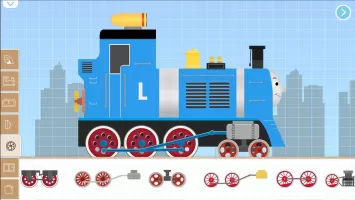
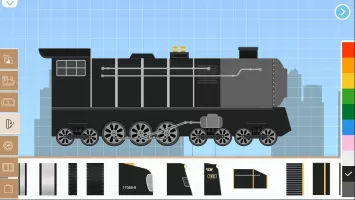
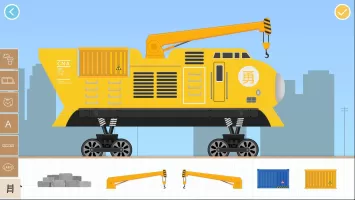
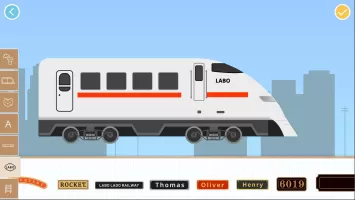
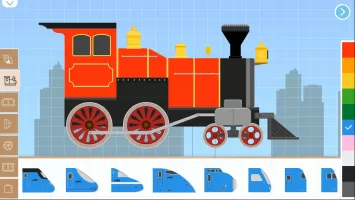
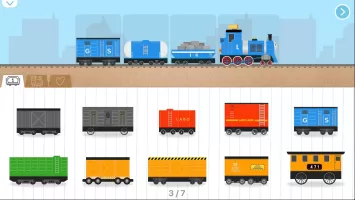
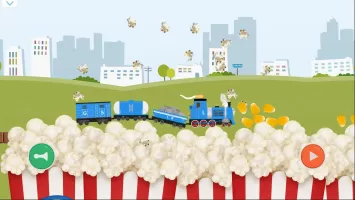

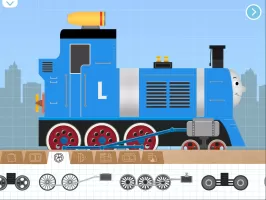
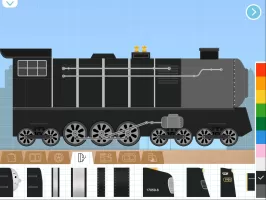
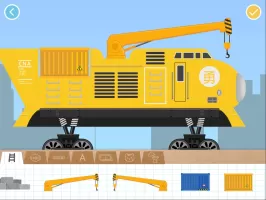
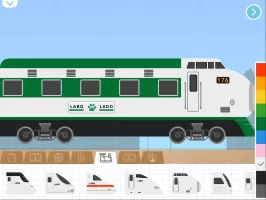

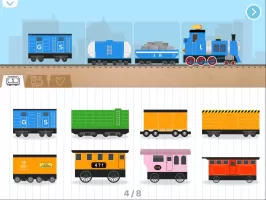
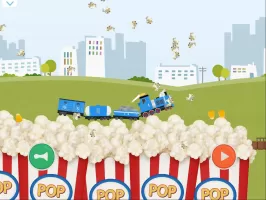

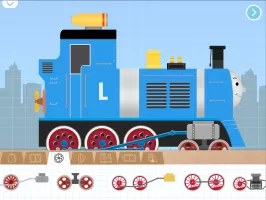

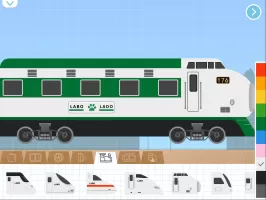
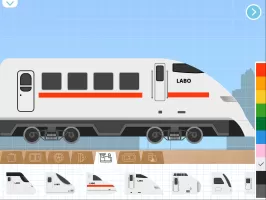






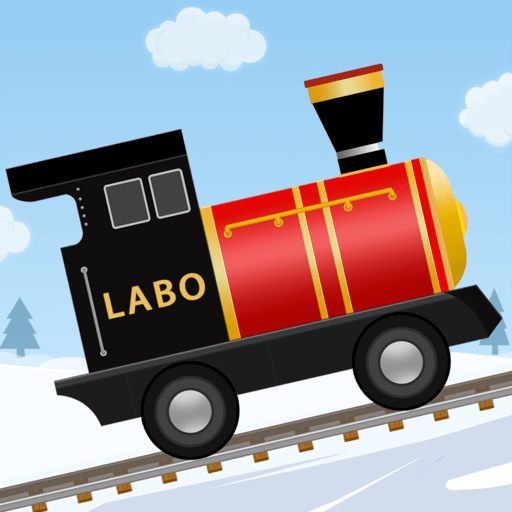
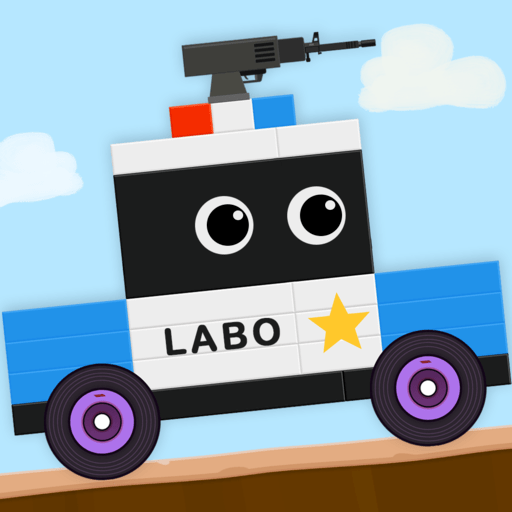
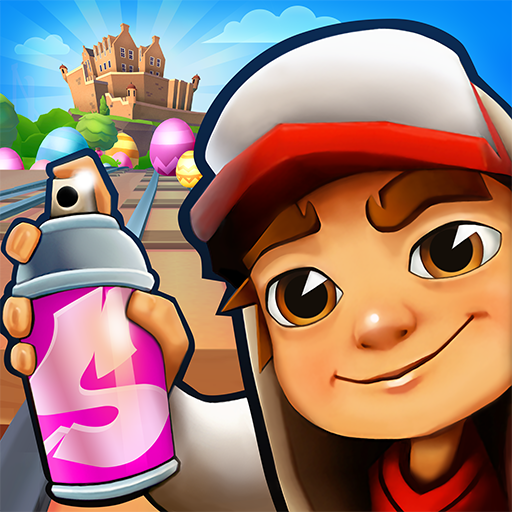







all of the parts were beautiful
Good customizability
the train gets SMALLER when reaches the edge of the screen
add more stuff suggested